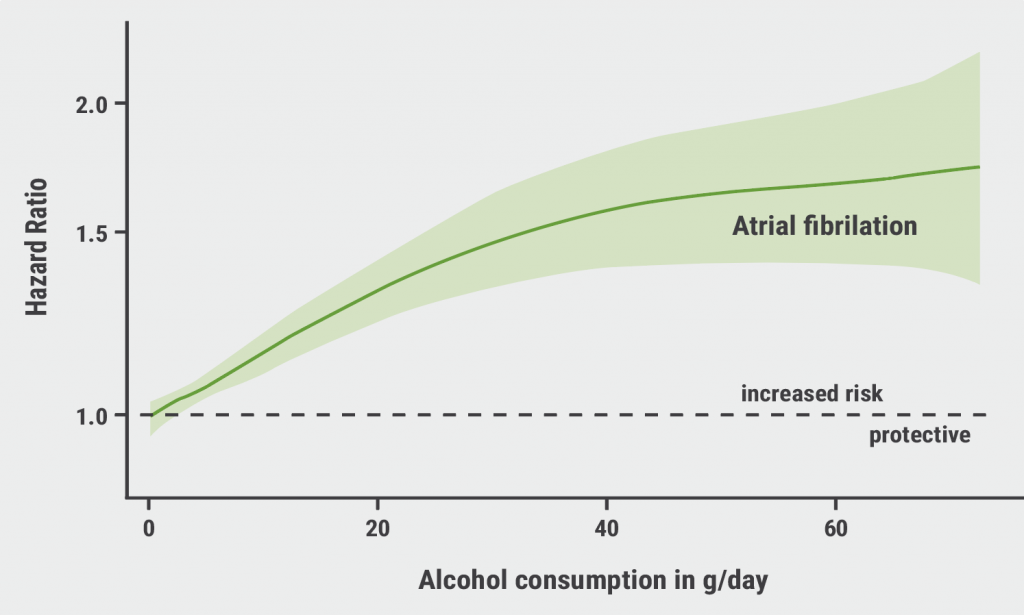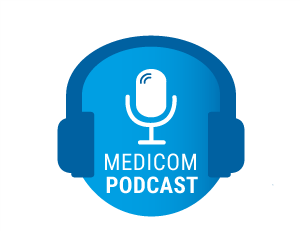The recently published results of the Danish NUDGE-FLU (NCT05542004) trial revealed that select electronic letter-based nudges effectively increase influenza vaccination rates among adults ≥ 65 years of age [1]. In the 2022–2023 influenza season, all eligible Danish citizens ≥65 years (n=964,870) received, through the Danish governmental electronic letter system, either no letter or letter-based nudges based on 9 different behavioural strategies in a 9:1:1:1:1:1:1:1:1:1 randomisation. The primary endpoint of the trial was a receipt of influenza vaccination. The most successful motivators to get vaccinated were repeated electronic letters and letters emphasising the cardiovascular benefits of the vaccination.
Dr Niklas Dyrby Johansen (Herlev and Gentofte Hospital, University of Copenhagen, Denmark) presented the current pre-specified analysis of the NUDGE-FLU trial, which explored whether the effectiveness of these electronic nudges also extends to patients with HF and whether they have unintended off-target effects [2]. This pre-specified analysis also included patients aged < 65 years (n=65,075).
In total, 33,109 patients with HF were identified. The overall vaccination rate in the HF population was 71.8% but in HF patients younger than 65 years of age only 44.6%. The likelihood of HF patients getting an influenza vaccination increased significantly with the number of guideline-directed medical therapy (GDMT) classes at baseline, from 75.2% in those with no GDMT medication to 86.5% in those with 4–5 GDMT classes (P<0.001).
As in the main study, repeated electronic letters with a reminder follow-up letter 14 days later and those focusing on the cardiovascular benefits were most successful in the HF subgroup. Independent of HF status and the number of GDMT classes, participants receiving the nudges were more likely to get an influenza vaccination compared with those receiving no letters. Moreover, the nudges did not negatively influence the uptake of the total number of GDMT prescriptions filled. The total number of GDMT prescriptions filled was 59,837 in the usual care group (5.0/participants) compared to 60,099 in the pooled analysis (4.9/participant; p = 0.92).
“Our study showed that HF status did not modify the effectiveness of electronic behaviourally designed letters, although we did observe a trend towards attenuated effectiveness of the cardiovascular benefits nudges among those on low levels of GDMT,” Dr Johansen concluded.
- Johansen ND, et al. Lancet. 2023;401(10382):1103–1114.
- Johansen ND, et al. Electronic nudges to increase influenza vaccination uptake among patients with heart failure. A prespecified analysis of the NUDGE-FLU trial. Session Late breaking clinical trials: drugs and devices, Heart Failure 2023, 20–23 May, Prague, Czechia.
Copyright ©2023 Medicom Medical Publishers
Posted on
Previous Article
« Letter from the Editor Next Article
Dapagliflozin improves LAVI, LV mass, and concentration of natriuretic peptides after 6 months »
« Letter from the Editor Next Article
Dapagliflozin improves LAVI, LV mass, and concentration of natriuretic peptides after 6 months »
Table of Contents: HFA 2023
Featured articles
Chronic Heart Failure — What You Need to Know
Sacubitril/valsartan reduces natriuretic peptides in HF patients with ejection fraction >40%
Clinically relevant reduction in HF hospitalisation due to haemodynamic monitoring
TRACER-HF: Trientine reduced biomarkers up to 8 weeks
Dapagliflozin improves LAVI, LV mass, and concentration of natriuretic peptides after 6 months
NUDGE-FLU: Repeated electronic nudges improve flu vaccination rates in patients with HF
Novel Therapeutics in Cardiomyopathy
Patisiran benefits maintained over 18 months in patients with transthyretin amyloidosis
Aficamten may lower symptom burden in non-obstructive hypertrophic cardiomyopathy
What is New in Acute Heart Failure?
Standardised diuretic protocol significantly increases natriuresis in acute HF
Low concentrations of VEGF-C: a negative prognostic factor
Prevention and Comorbid Conditions of Heart Failure
VOICE-COVID-II : Alexa successful in SARS-CoV-2 symptoms screening
HF patients with metabolic dysfunction at high risk to develop depressive symptoms
Best of the Posters
Frequent co-existence of atrial fibrillation and obstructive sleep apnoea in stroke patients
Protein-bound uremic toxins predict HF events and death in patients with CKD
Related Articles


June 7, 2023
HFA 2023 Highlights Podcast
© 2024 Medicom Medical Publishers. All rights reserved. Terms and Conditions | Privacy Policy

